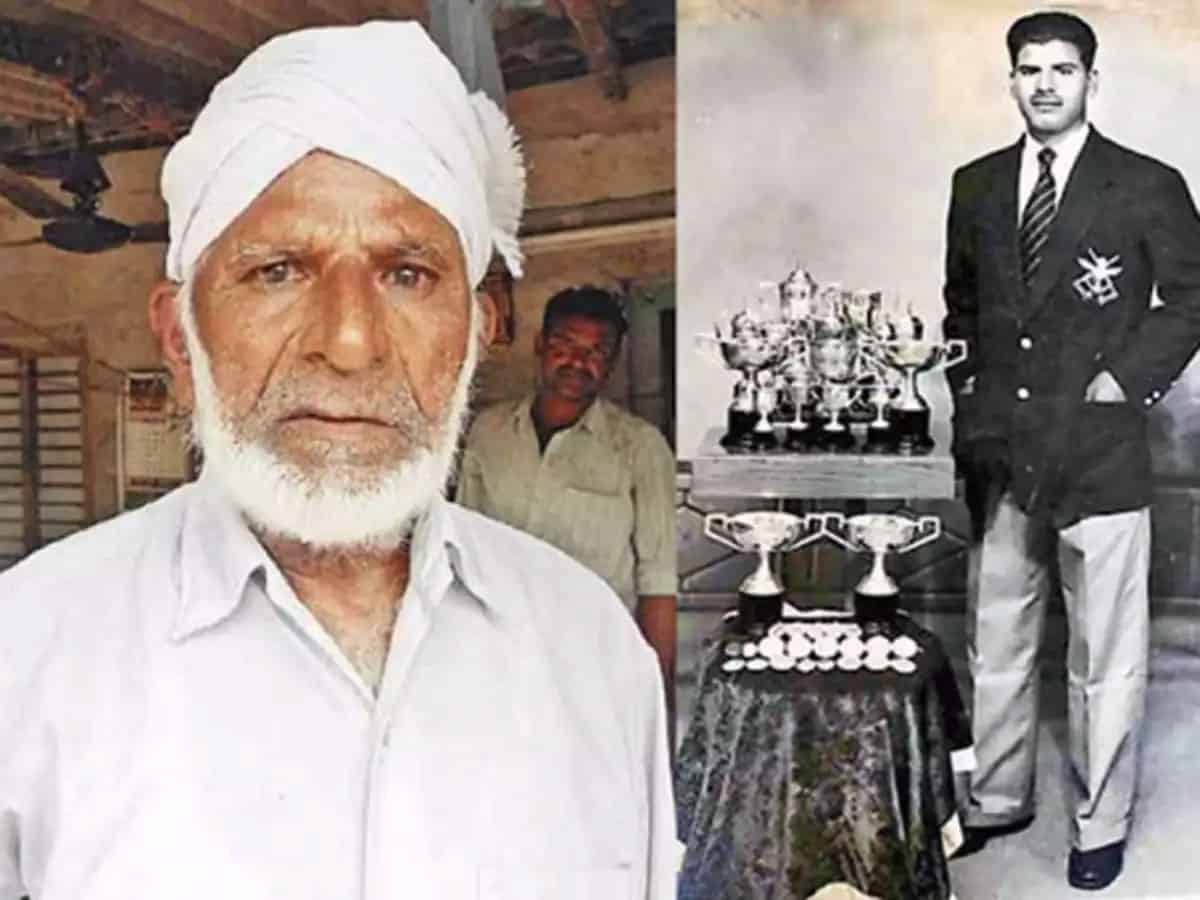
The history of Indian sports abounds with stories of heroism that have been sadly forgotten with the passing of time. One such story is that of a talented swimmer Shamsher Khan. He was born to a poor farmer’s family in Kaithepalle village in Guntur district of Andhra Pradesh but his talent enabled him to qualify for the Olympic Games in 1956 at Melbourne. He thus became the first male swimmer from India to qualify for any Olympic Games.
It must be noted that two Indian women swimmers, Dolly Nazir and Arati Saha, had represented India in swimming in the 1952 Olympics. But in 1956 Shamsher Khan became the first Indian man to take part in the Olympic Games’ swimming events.
Breaking record
Two years before that he had broken the national record in the 200-metre butterfly stroke. Then at the national championship in 1955, he again showed his prowess when he shattered several more national records. It was due to these feats that he was selected to represent India at the 1956 Olympics.
But it was not all smooth going. For one thing, Khan had little coaching and no previous exposure against top class international competition. As a result, he had no knowledge of the latest techniques and training methods involved in the sport. When he went to the Olympics, it was for the first time that he was facing the world’s best swimmers from Australia, Europe and USA.
But, spurred on by a feeling of patriotism, he fought hard in the second heats of his favourite race, the 200 metre butterfly stroke. However his timing of 3 minutes 6.3 seconds was not good enough to take him to the next round. Nevertheless, he had proved himself as India’s best. It remained the most outstanding performance by an Indian swimmer at the Olympics for many years to come.
Constant struggle
The story of his life was one of constant struggle not only against rivals in the swimming pool but also against official indifference. He had joined the Indian army in 1946 but when he was to represent India, the government said it would provide only the airfare to Melbourne. Contrast that with the facilities and funds that are provided to athletes in modern times.
For his food and daily expenses such as travel from his lodgings to the training centres and competition venue in Melbourne, he would have to pay from his own pocket. His salary was a meagre Rs 56 per month so he had to take a loan of Rs 300 for his personal expenses in Australia. “After I returned, I managed to save whatever I could and repaid the loan from my small salary,” he said in an interview later.
Served India for 24 years
Khan served the Indian army with dedication for 24 years. He was in the thick of the action in two wars, namely the war against China in 1962 and the Bangladesh liberation war in 1971. After 24 years of dedicated service, he retired from the army as a Subedar. One of his two sons also served in the army.
After retirement, he went back to his native village where he lived almost in poverty till his death in 2017. According to his family members, from his young days he used to dream of serving his nation through his sport. With a little advice and guidance, he could have worked wonders. But no one gave him any counsel.
Had he been provided with the training facilities and coaches that are available to athletes today Shamsher Khan could have worked wonders. On the eve of the Olympic Games in Paris, we must remember this brave son of the soil. He made Andhra and India proud with his display of fighting spirit.


